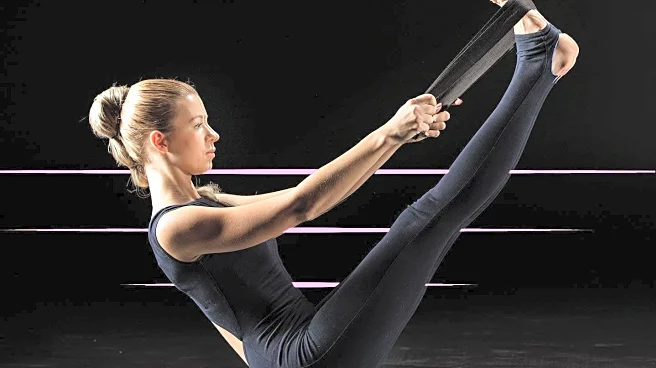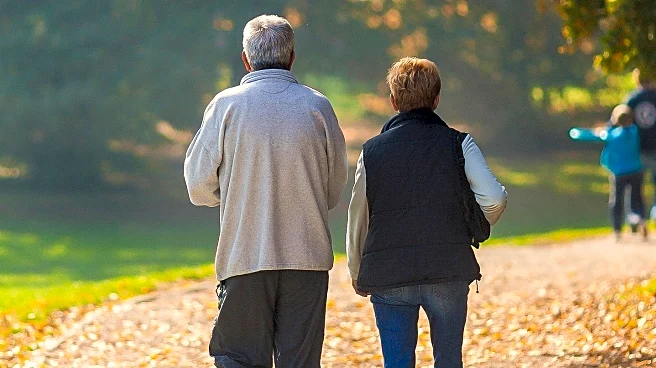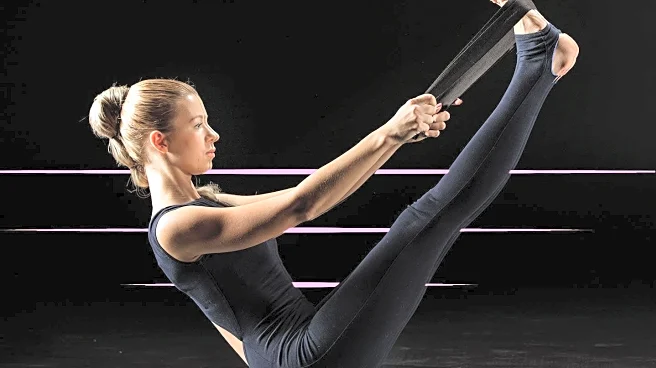What's Happening?
Trekking poles are gaining popularity as a tool to improve walking ease and boost heart health. These poles, often used for balance and support, are praised for their ability to alleviate pain and enhance mobility. Users report benefits such as reduced strain on joints and improved posture, making walking a more accessible and enjoyable activity. The poles are lightweight, adjustable, and come with various attachments, catering to different needs and preferences. They are particularly beneficial for individuals with mobility challenges, offering a safer and more effective way to engage in physical activity.
Why It's Important?
The use of trekking poles can significantly impact public health by encouraging physical activity and improving cardiovascular health. They provide an accessible option for individuals with mobility issues, promoting exercise and reducing the risk of heart-related conditions. By making walking easier and more comfortable, trekking poles can help increase physical activity levels, contributing to overall health and well-being. This aligns with broader health initiatives aimed at reducing sedentary lifestyles and promoting active living.
What's Next?
As trekking poles become more popular, there may be increased interest in developing new designs and features to cater to diverse user needs. Manufacturers could explore innovations that enhance the functionality and comfort of these poles, potentially expanding their market reach. Health professionals might also advocate for their use in rehabilitation and fitness programs, recognizing their benefits in promoting physical activity and heart health.
Beyond the Headlines
The growing use of trekking poles reflects a broader trend towards accessible fitness solutions that cater to diverse populations. This trend highlights the importance of inclusivity in health and wellness, encouraging the development of products that support individuals with varying physical abilities. The popularity of trekking poles may also inspire discussions on the role of simple tools in enhancing quality of life and promoting active aging.











